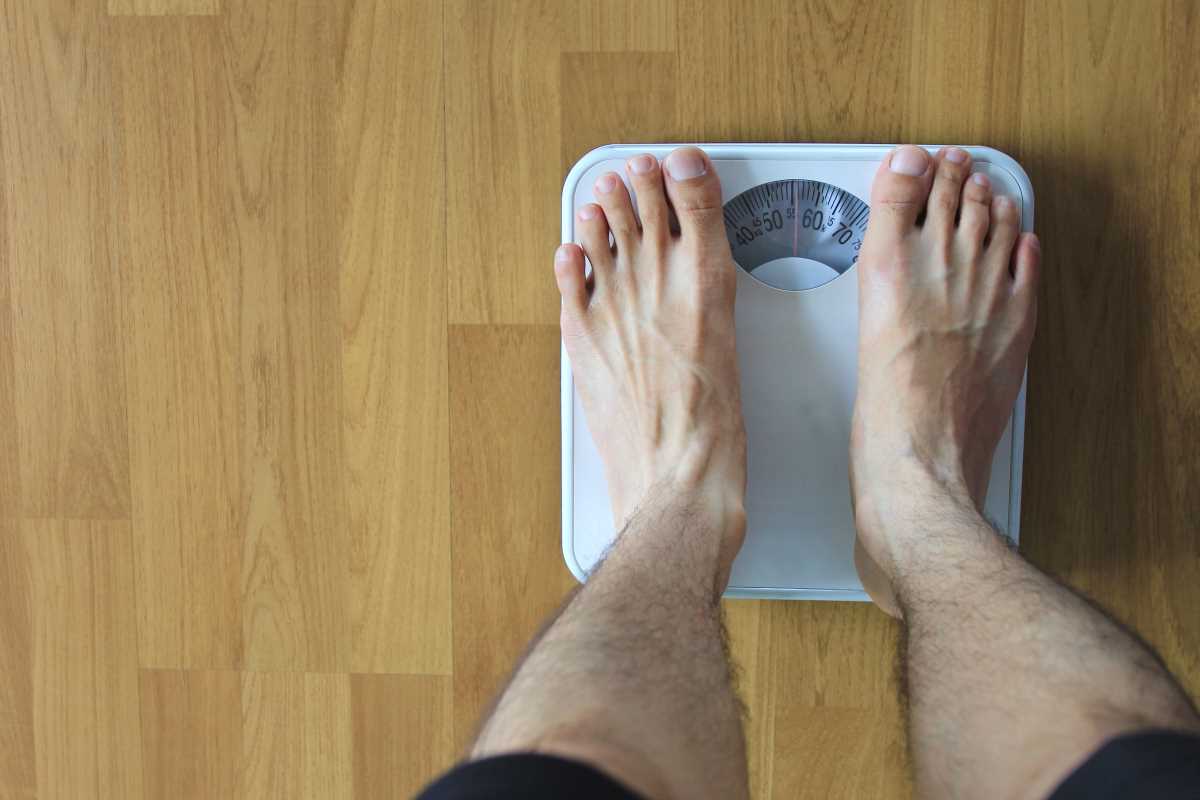Regular physical activity is a vital component of maintaining good health and improving your overall quality of life. Whether you’re striving for better physical fitness, mental well-being, or just trying to make healthier lifestyle choices, integrating consistent exercise into your daily routine is one of the most impactful steps you can take. With countless options to suit your preferences and fitness level, making physical activity a habit is achievable for anyone. Here’s a comprehensive guide with specific examples, tips, and actionable advice to help you stay active and motivated.
1. The Holistic Benefits of Exercise
Engaging in regular physical activity goes beyond achieving a certain physique; it’s about enhancing your physical, mental, and emotional health.
Physical Benefits:
- Weight Management: Exercise burns calories, and combining it with a balanced diet can help you achieve or maintain a healthy weight.
- Chronic Disease Prevention: Activities like walking, jogging, and swimming lower your risk of heart disease, type 2 diabetes, certain cancers, and more.
- Bone and Muscle Health: Weight-bearing exercises (e.g., hiking, dancing, or strength training) preserve bone density and muscle mass as you age, reducing your risk of osteoporosis and sarcopenia.
Mental Benefits:
- Improved Mood: Exercise releases endorphins, the “feel-good” hormones, which can alleviate stress, anxiety, and depression. Activities like yoga and tai chi also incorporate mindfulness, further reducing stress levels.
- Enhanced Cognitive Function: Aerobic exercise, such as running or cycling, increases blood flow to the brain, boosting memory, focus, and overall mental sharpness.
Sleep Benefits:
- A consistent exercise routine regulates your circadian rhythm, helping you fall asleep faster and enjoy deeper rest. Physical activity earlier in the day works best, as intense evening workouts may keep you awake longer.
2. Finding Activities That Suit Your Lifestyle
Exercise is not one-size-fits-all. The key is to find something you enjoy, as this increases the chances of sticking to it long-term.
For Beginners:
- Walking: A simple, low-impact activity that requires no equipment. Start with a 15–20 minute walk around your neighborhood, and gradually increase your pace and distance.
- Stretching and Mobility Work: Perfect for those new to fitness. Try yoga or beginner-friendly stretching routines to improve flexibility and reduce stiffness.
For Intermediate Fitness Levels:
- Cycling: An excellent way to boost cardiovascular health while exploring the outdoors. If you prefer indoor workouts, stationary bikes are just as effective.
- Strength Training: Begin with bodyweight exercises like squats, push-ups, and planks. Add light dumbbells or resistance bands as you build strength.
For Advanced Fitness Enthusiasts:
- High-Intensity Interval Training (HIIT): Combines short bursts of intense exercise with rest periods. Effective for burning calories and improving endurance in minimal time.
- Sports: Join local leagues or clubs for sports like tennis, soccer, or basketball to add a social aspect to your fitness plan.
Pro Tip:
Experiment with different forms of exercise to discover what you enjoy most. Variety can prevent boredom and ensure you work different muscle groups.
3. Time Management Strategies for Staying Active
Finding time to exercise in a busy schedule is challenging but not impossible. With a little planning, even the busiest individuals can stay active.
Tips for Incorporating Exercise into Your Day:
- Start Small: If you’re short on time, even 10-15 minutes of physical activity can make a difference. A quick walk during your lunch break or a short bodyweight circuit in the morning are great options.
- Break It Up: Physical activity doesn’t have to be done all at once. Three 10-minute sessions spread throughout the day can be just as effective as a 30-minute workout.
- Make It Part of Your Routine: Schedule workouts like you would meetings or appointments. Consistency is crucial for developing long-term habits.
- Combine Tasks: Multitask by exercising while watching TV or taking work calls while walking on a treadmill or around your home office.
Pro Tip:
Lay out workout clothes or pack a gym bag the night before. This simple step removes one barrier to exercise and makes it easier to get moving.
4. Staying Motivated
Even the most enthusiastic individuals struggle with motivation at times. Prioritize staying inspired to ensure consistency.
Strategies to Stay Motivated:
- Set Small, Achievable Goals: For example, aim to walk for 30 minutes three days a week, then increase as you build stamina. Tracking your progress provides a sense of accomplishment.
- Reward Yourself: Celebrate milestones, like completing a month of regular workouts, with non-food rewards like new workout gear or a relaxing massage.
- Find a Workout Buddy: Exercising with friends keeps you accountable and makes workouts more enjoyable. Virtual workout partners work great for those with long-distance friends or busy schedules.
- Mix It Up: Alternate between various types of workouts throughout the week to avoid monotony and remain challenged.
Pro Tip:
Consider joining fitness classes, either in-person or online. The sense of community and structured routines can provide extra motivation.
5. Overcoming Barriers to Exercise
Sometimes, challenges such as time constraints, lack of energy, or health conditions can hinder your fitness efforts. Addressing these barriers head-on ensures you stay on track.
Common Challenges and Solutions:
- Too Tired: Exercise can actually boost energy levels. Opt for light activities like yoga or walking if you’re feeling fatigued.
- Lack of Time: Shorten the duration of workouts but increase intensity. For example, a 15-minute HIIT session can be just as effective as a longer, moderate workout.
- Health Concerns: If you have medical conditions or limitations, consult with your doctor for safe, tailored exercises. Activities like water aerobics or chair exercises are great for those with joint pain or reduced mobility.
6. Long-Term Benefits of Physical Activity
The benefits of exercise extend far beyond the short term. A consistent fitness routine lays the foundation for a healthier and more fulfilling life.
Physical Longevity:
- Lower risk of chronic illnesses like hypertension, stroke, and certain cancers.
- Enhanced mobility, joint health, and balance reduce the risk of falls as you age.
Mental Clarity and Emotional Well-Being:
- Improved focus and problem-solving skills.
- A greater sense of accomplishment and well-being, leading to better self-esteem.
7. Fun Ways to Stay Active
Fitness doesn’t have to be boring or feel like a chore. Incorporating play and creativity into your routine can bring joy to your workouts.
Ideas to Try:
- Try dance-based fitness like Zumba or salsa classes.
- Explore nature with hiking, paddleboarding, or kayaking.
- Engage in active play with children or pets, such as playing tag or throwing a frisbee in the park.
Pro Tip:
Set aside time for activities that make you happy and count as exercise. The goal is to stay consistent, so choose things that make you smile while staying active!
Physical activity is for everyone, and its benefits are too significant to ignore. No matter your age, fitness level, or schedule, there’s a way to integrate movement into your daily life.
 (Image via
(Image via





